13 Amazing Species Discovered in 2013
New discoveries
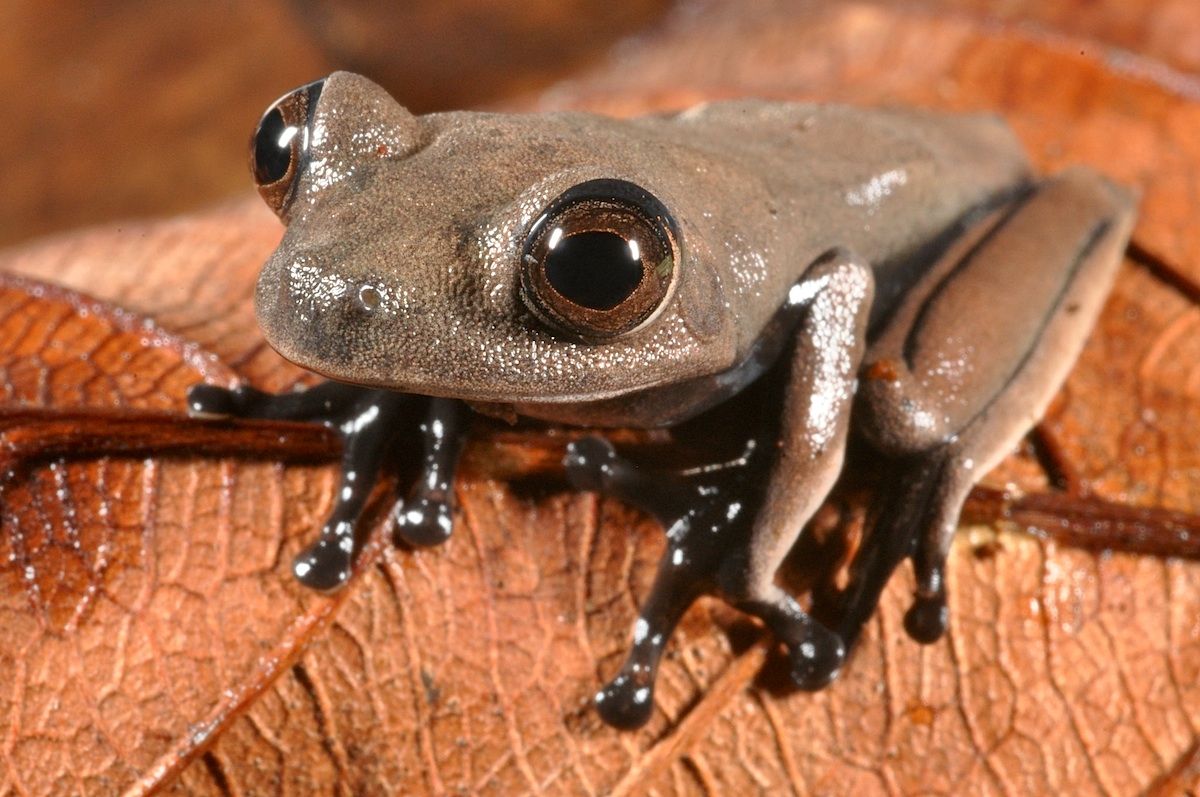
Every year, scientists add to the catalogue of life on Earth: discovering and describing species not previously known to exist. Some, as might be imagined, are uncovered in the depths of little-explored jungles, but others have been found in cities, hiding in plain sight. Some have been mistaken for species that are close relatives, while others were so small or in a place so remote they simply escaped notice. From orchids to frogs with a chocolate-y hue to ants that look like they're wearing an eye patch, LiveScience takes a look at 13 of the fascinating new species announced this year.
A rare bloom
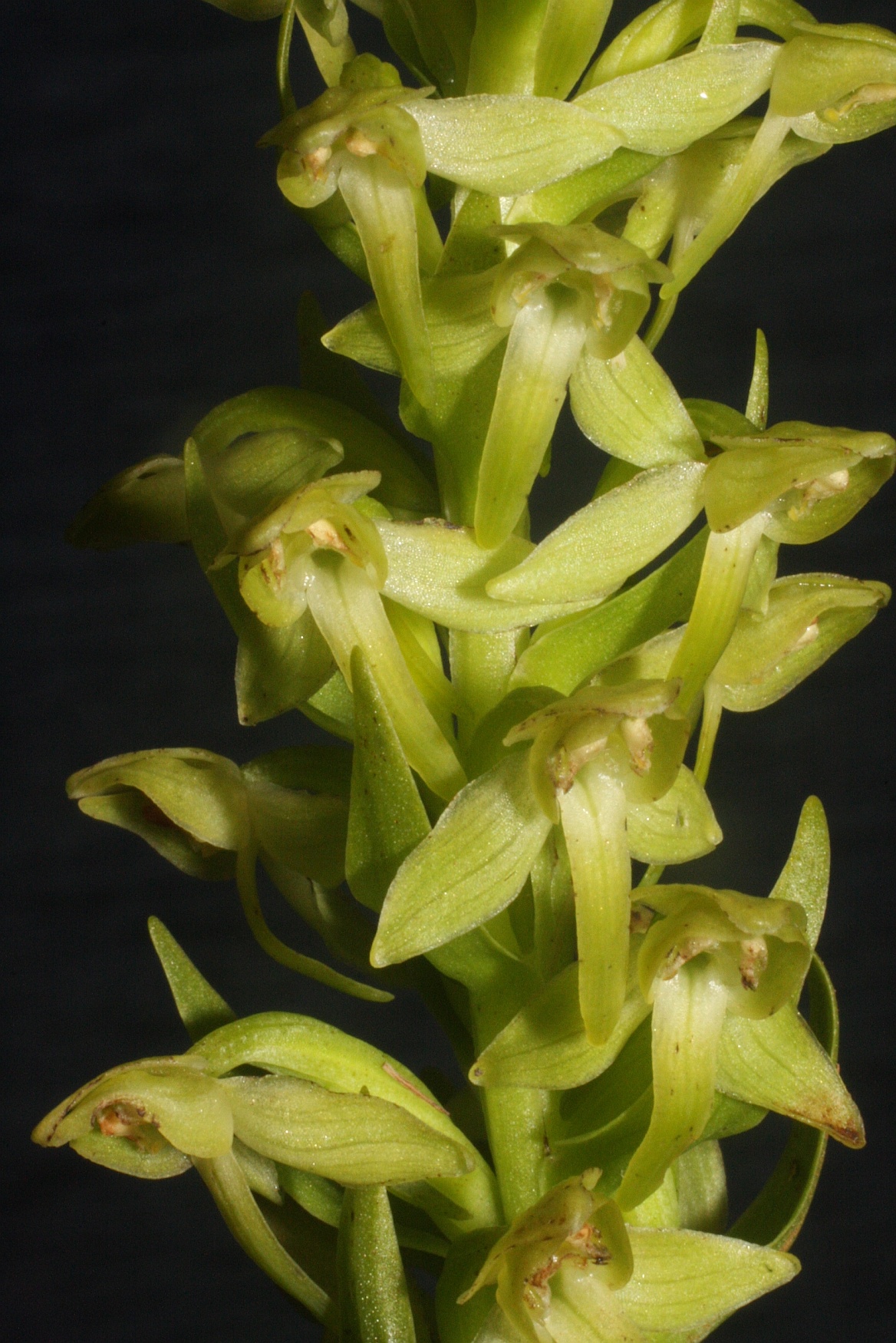
Orchids can be found from flower shops to grocery stores, but a new species of orchid found atop a volcano in the Azores, the group of islands off the coast of Portugal. The species, Hochstetter's butterfly orchid (Platanthera azorica), had actually been collected some 170 years ago, but hadn't been further studied or recognized as a new species until scientists rediscovered it. The bloom may be Europe's rarest orchid, according to Richard Bateman, a botanist at Kew Royal Botanic Gardens in London, and requires urgent conservation, as it is threatened by invasive species and habitat destruction.
Ghostly 'shrimp'
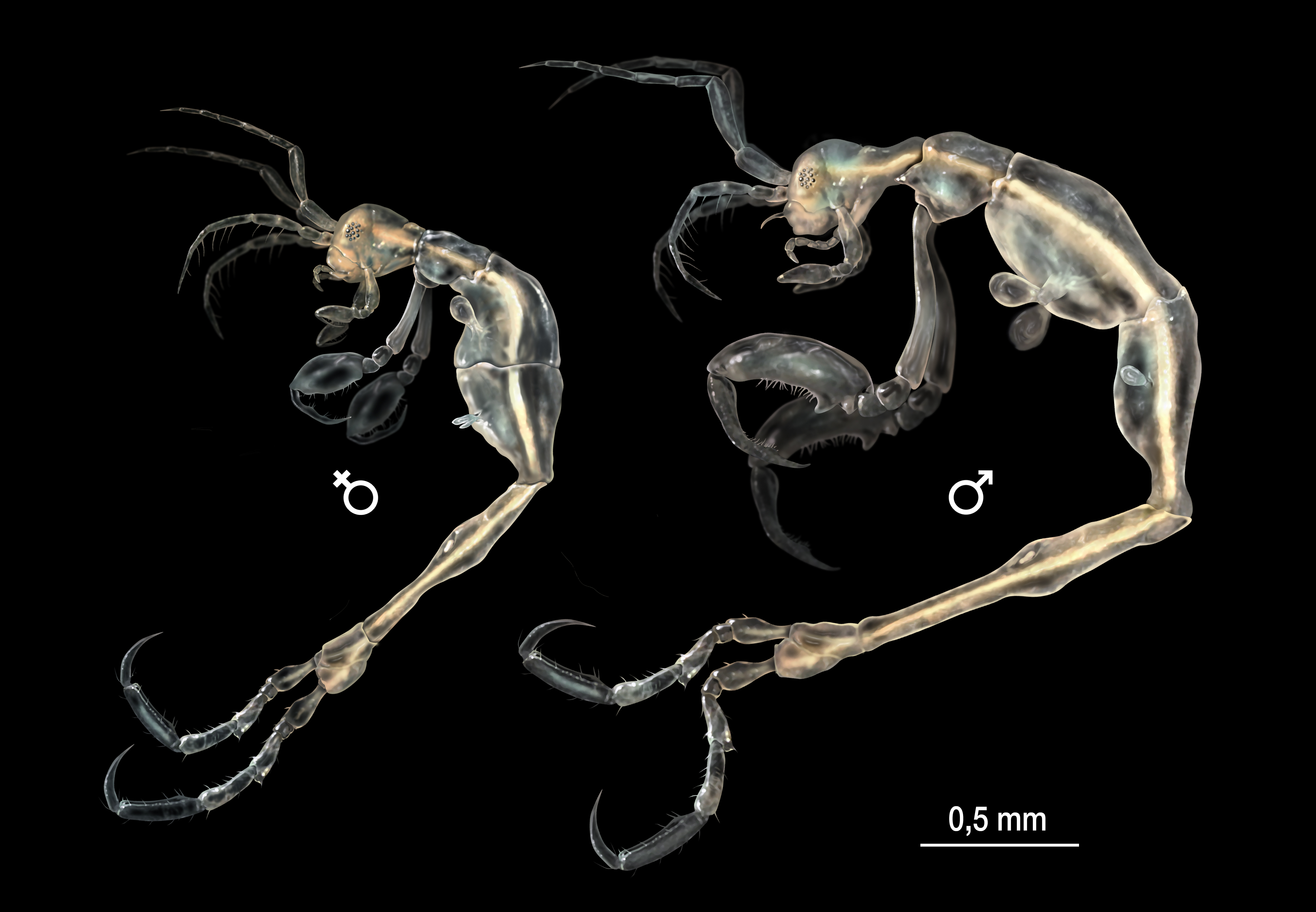
They may look like something out of a Tim Burton movie, but these skeleton shrimp (which are actually not shrimp at all, but are tiny crustaceans called caprellid amphipods), are very real. They dwell in a small cave in the ocean off of Southern California's Catalina Island, though they were found in vials in a museum. During a 2010 visit, caprellid expert José Manuel Guerra-García of the University of Seville in Spain realized they were a never-before-described species and set about describing them. Given the scientific name Liropus minusculus, these are the first skeleton shrimp discovered in the northeast Pacific Ocean.
Small scorpion
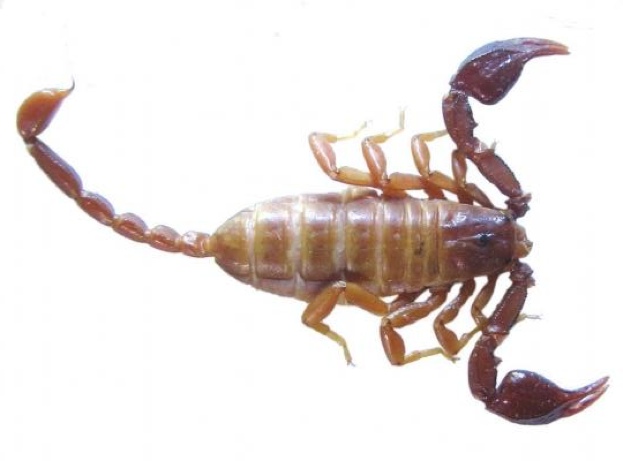
This scorpion may look scary, but its tiny size — it measures just a few centimeters in length — means it poses little threat to humans. A poke from its stinger would have about the same effect as a mosquito bite, the researchers who discovered it in Turkey say. A type of wood scorpion, the new species was dubbed Euscorpius lycius and adds to the more than 1,700 species of scorpions on Earth that have been described by science.
Glue-spitter
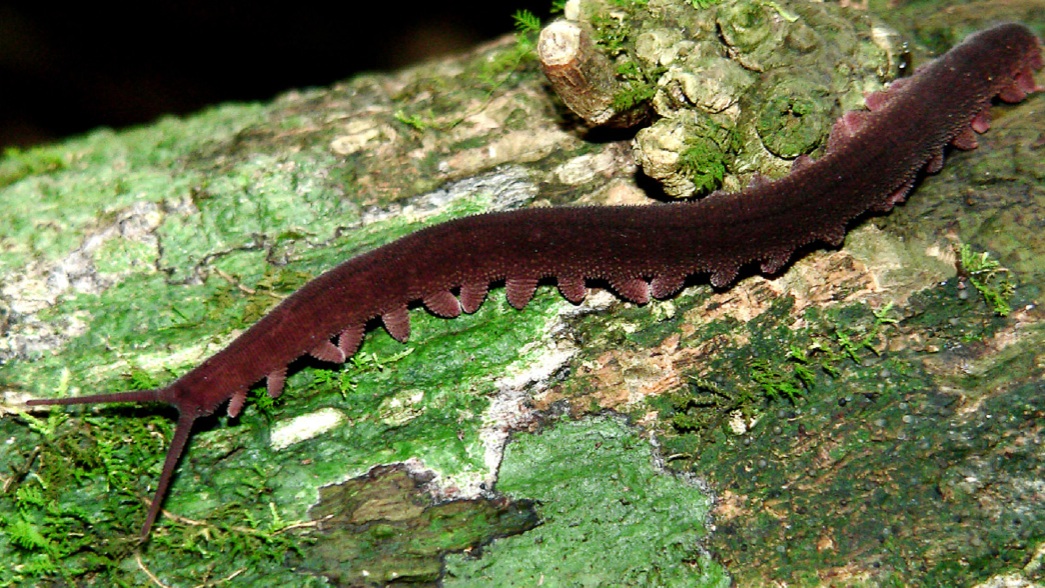
Be glad you're not a bug in the rainforests of Vietnam. If you were, you might run in to this nasty predator. An example of what is called a velvet worm, this 2.5-inch-long (6 centimeters) creeper attacks its prey by shooting out a glue-like substance from appendages. This substance immobilizes the unfortunate critter being targeted, after which the worm injects saliva and chows down. Velvet worms, a tricky group to find, because they tend to dwell in soils and other hard-to-search places, could be more diverse than previously thought, the researchers who found the new species say.
Already threatened
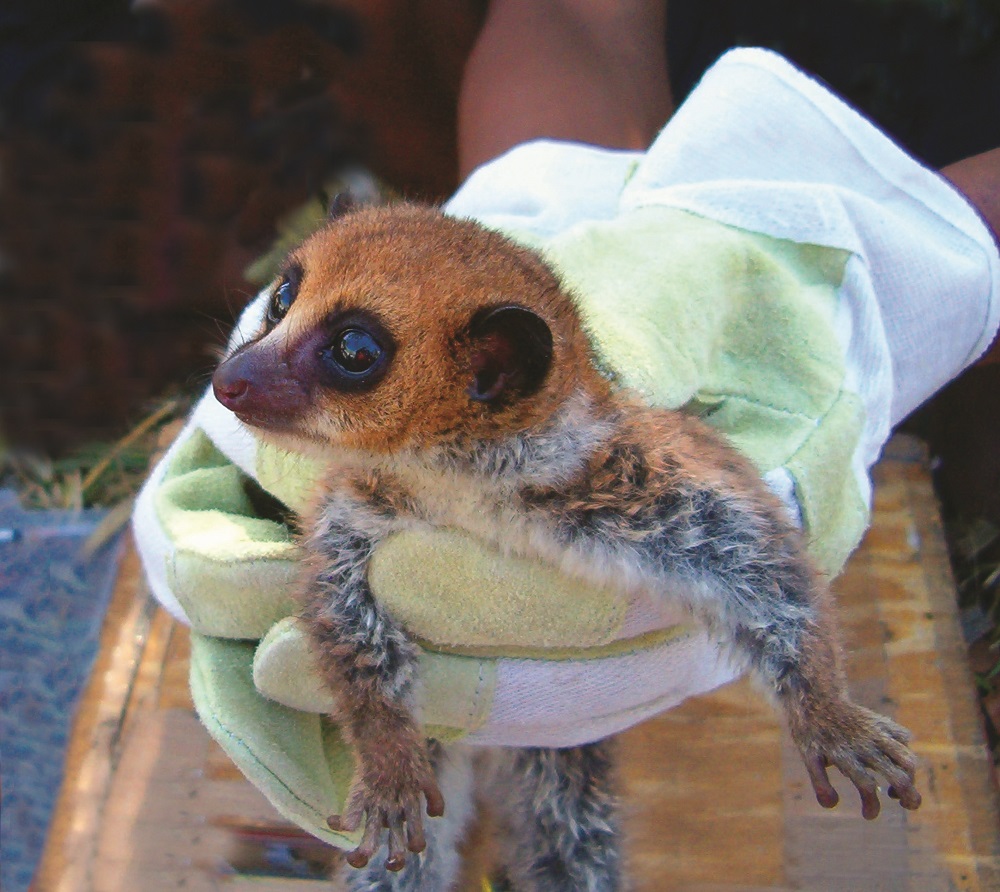
A decidedly cuter find, this dwarf lemur, like all lemurs, is a native of the incredibly biodiverse island of Madagascar, off the east coast of Africa. The small primate likely went unnoticed because of its lifestyle: It is nocturnal, spends much of its time up in the forest canopy, and could even have periods where it goes dormant and hides in a burrow. The species (Cheirogaleus lavasoensis) was found when researchers were taking tissue samples from another, known dwarf lemur species and discovered they had found a previously undescribed animal. The lemur already faces the threat of extinction, with possibly fewer than 50 of it left in the wild.
Pristine home

This isn't the kind of chocolate frog you'd find in Harry Potter's candy stash. The cocoa frog, named for its milk chocolate-hued skin, is one of 60 species — all potentially new to science — found in the tropical forests of southeastern Suriname. One researcher called the area the most pristine ecosystem they had ever seen, and this frog was just one six potentially new frog species found there.
Sign up for the Live Science daily newsletter now
Get the world’s most fascinating discoveries delivered straight to your inbox.
These fins were made for walking
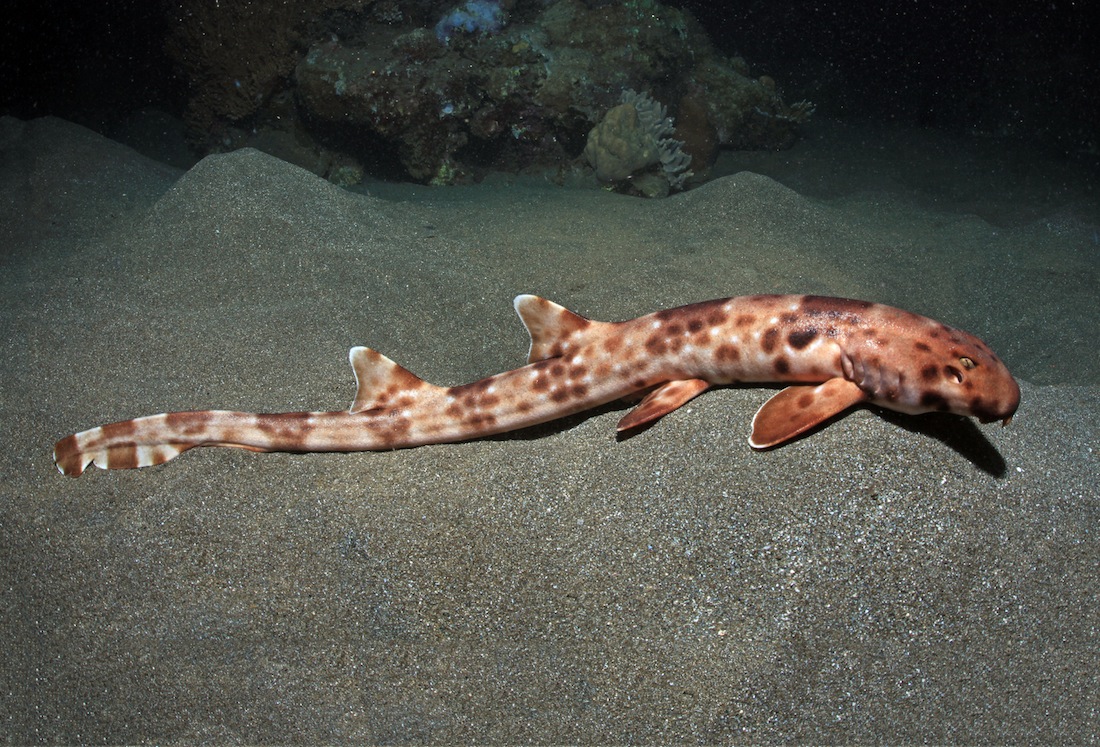
"Walking" sharks get their name from the way their pectoral and pelvic fins seem to touch the seafloor as they swim. A new species from Indonesia, Hemiscyllium Halmahera, described this year is no exception. The shark, discovered in a reef off the Indonesian island of Halmahera, grows up to 27 inches (70 centimeters) long and is harmless to humans, according to researchers.
'Lost World'
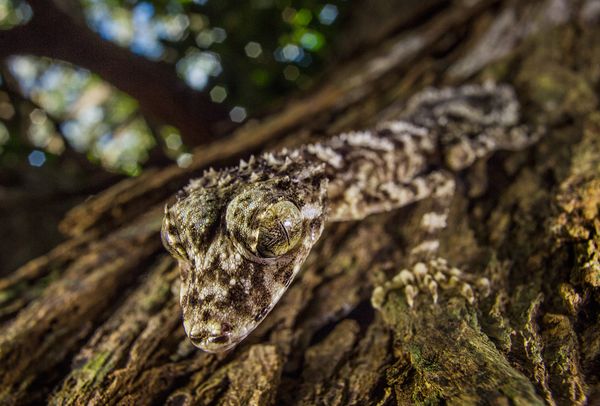
In March, a National Geographic-funded expedition to a part of northeastern Australia where few have ventured discovered several species that appear to be new to sciences, including this camouflaged leaf-tail gecko. The gecko (Saltuarius eximius) grows to 8 inches (20 centimeters) in length and has impressive camouflage abilities, which it uses to blend in to rocks to ambush passing prey. The species were found in the rainforests of the Cape Melville Range on the Cape York Peninsula, described by the explorers as something of a "lost world."
Hiding in plain sight
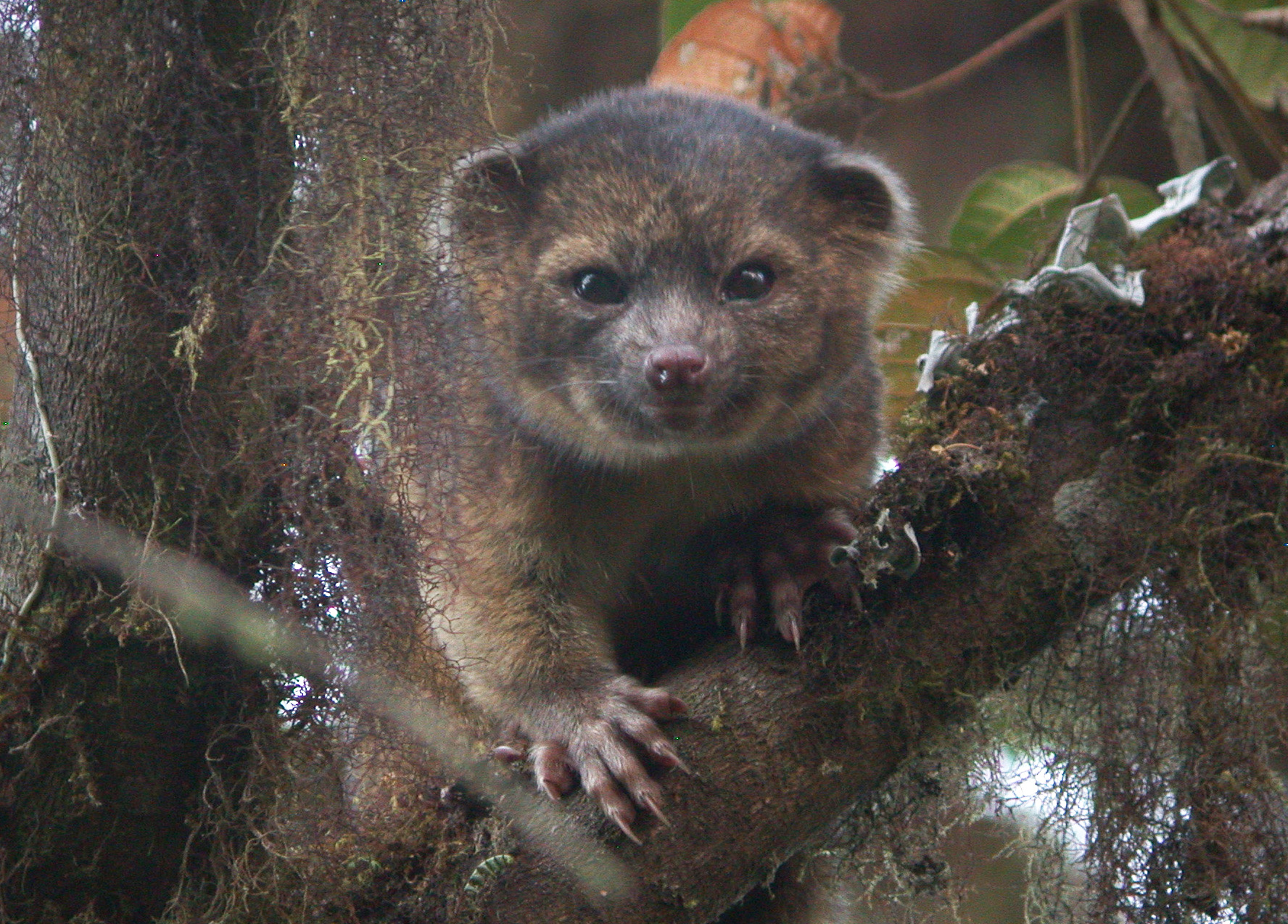
Despite the fact that it has been displayed in museum collections and housed in American zoos at various points in the last century, the small, furry olinguito wasn't recognized as a distinct species until this year. The olinguito (Bassaricyon neblina) resembles the related olingos, called "cat monkeys" for their resemblance to a house cat with a really long tail. An effort to classify olingos by looking at their skulls noticed that some skulls were much smaller and differently shaped than the others, and field notes from the early 20th century noted the animal appearing at much higher elevations than the olingos' typically known range. Researchers set out to find living examples of the species and found them in the cloud forests of the western slopes of the Andes Mountains.
City bird
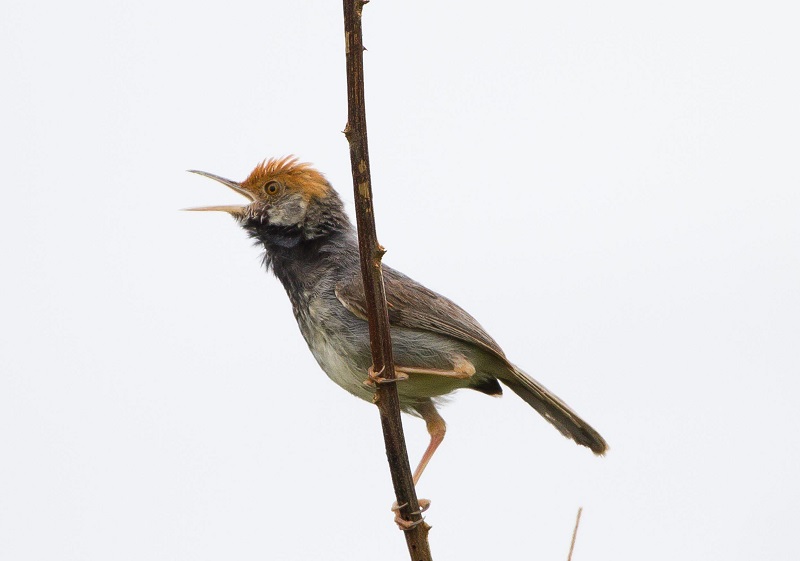
Another species found right under researchers' noses is the Cambodian tailorbird (Orthotomus chaktomuk), discovered in the dense, humid lowland scrub in and around the country's capital, Phnom Penh, a city of 1.5 million. The bird, about the size of a wren and featuring a red cap, gray-to-olive wings, and a black throat, is notable for its loud call.

Andrea Thompson is an associate editor at Scientific American, where she covers sustainability, energy and the environment. Prior to that, she was a senior writer covering climate science at Climate Central and a reporter and editor at Live Science, where she primarily covered Earth science and the environment. She holds a graduate degree in science health and environmental reporting from New York University, as well as a bachelor of science and and masters of science in atmospheric chemistry from the Georgia Institute of Technology.









